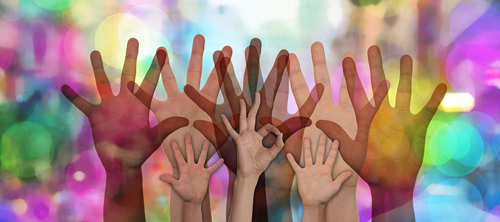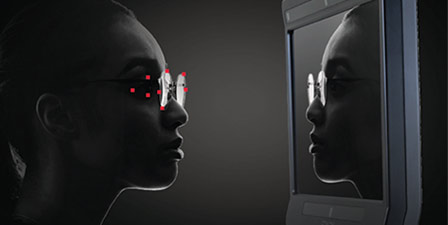Over the years, I’ve run into patients who had eyewear issues I didn’t know how to resolve. I’ve been fortunate in always having known a colleague who had the answer, and gave it willingly. That kind of support has been invaluable to my patients and my own learning.

I reached out to an optician I know to whom doctors, even from out of state, refer patients with special visual needs. What’s more, Ron had survived a stroke himself. Without hesitation, Ron told me that he, too, had suffered visual field loss, and orthoptic exercises helped him recover his sight. Orthoptics is the evaluation and treatment of disorders of the visual system, particularly involving binocular vision and eye movement. Not only that, but Ron offered some tips for keeping my friend in a frame of mind that will help his recovery. One of those tips was to send my friend a Jimmy Buffet song (with a title we can’t print) to help him release some anger and frustration, and to have a good laugh. It worked.
But back to vision. I now knew what to look for in my research. Hemianopia.org had a number of eye exercises that required few or no materials, and were more like games than exercises. The exercises are simple, but clearly geared toward helping the eyes scan into the missing field. Living too far away to help with the exercises myself, I sent the information to my friend’s wife. Ron also told me that he had used Fresnel prisms for a time and they helped with his recovery. When that time comes for my friend, Ron promised to help guide me through the process.
Someone once said, “No one of us is as good as all of us.” I have certainly found that to be true in this profession. So a hearty “Thank you” to Ron and the other opticians to whom I know I can turn when I need a hand. You are too many to name, but you know who you are because I keep calling!
To learn more about homonymous hemianopsia, go to our CE, Why You Don't Want Homonymous Hemianopsia and What You Can Do for It at www.2020mag.com/ce.












